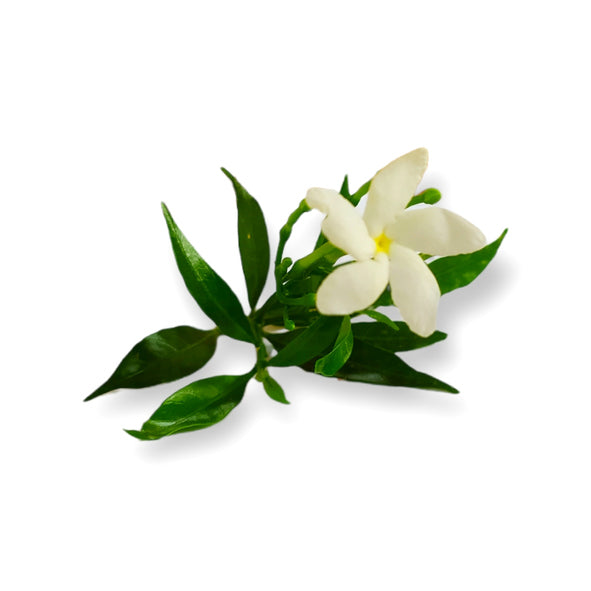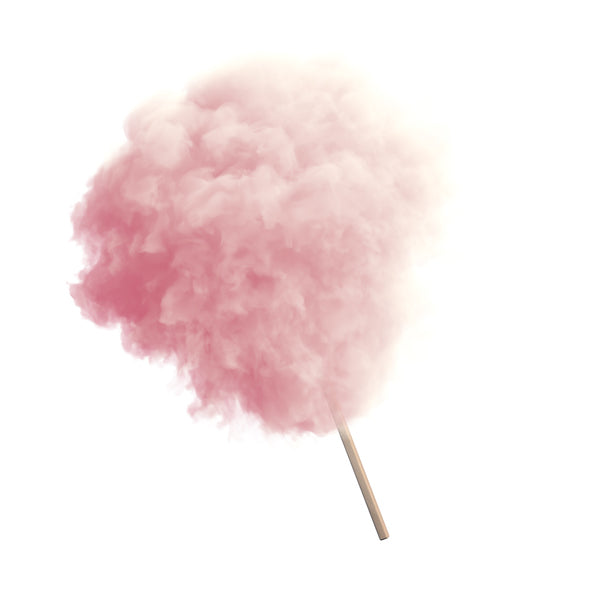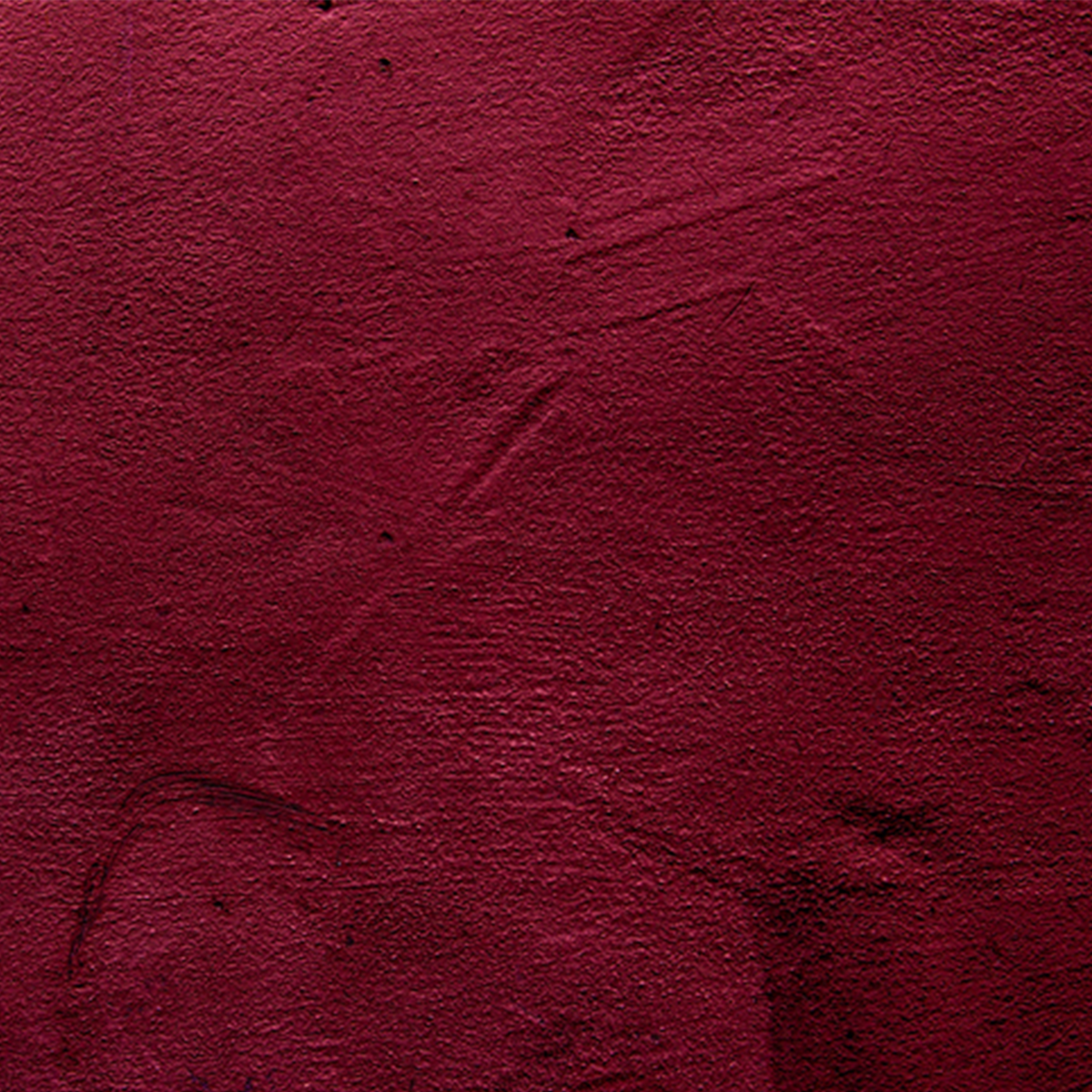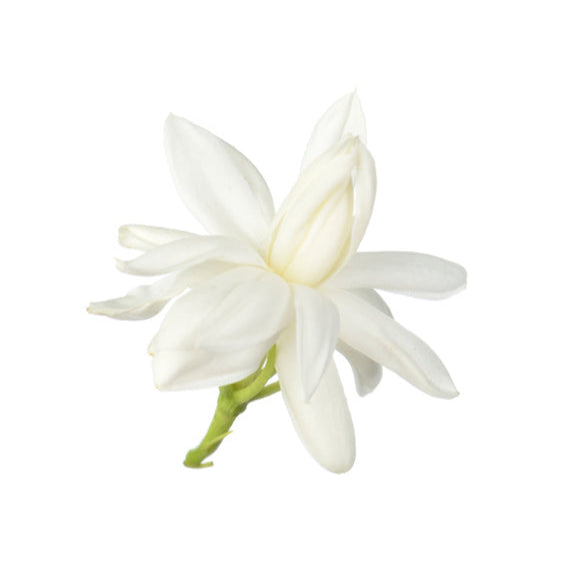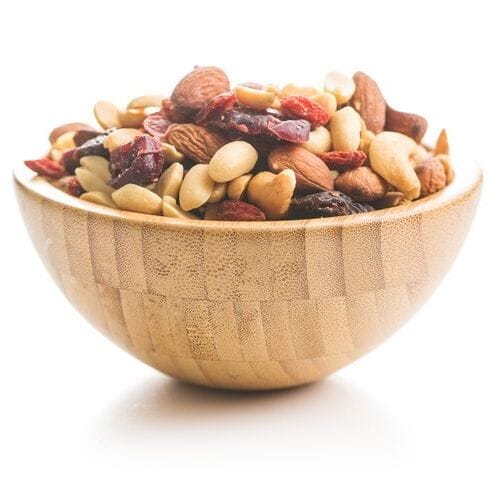SUMMARY
01. What does the word whisky mean?
04. What do you know about the use of whisky in perfumery?
06. Some well-known flavors of whisky
What does the word whisky mean?
Whisky, also spelled "whiskey" in some countries, is a distilled alcoholic beverage made from fermented grains. Its name comes from the Scottish Gaelic "uisge beatha," meaning "water of life." The term "whiskey" varies depending on the producing country and specific regulations. It is known by this name in Scotland, Ireland, Canada, Japan, and the United States, where Americans spell it "whiskey."
In the beginning...
The history of whisky dates back several centuries, with traces of distillation dating back to antiquity. It gradually established itself as a noble product in Ireland and Scotland, where monks began producing it within monasteries as early as the 15th century, if not earlier. Over the centuries, distillation techniques improved, and whisky became an essential part of Scottish and Irish culture.
In the 18th century, whiskey distillation spread to America, particularly Virginia and Kentucky, where American bourbon was born. Whiskey production also spread to Canada and Japan, with each region adding its own distinctive touch to the drink.
Today, whisky is a beverage enjoyed around the world, with styles and flavors varying depending on the country of production, the ingredients used, and the aging methods. Perfumes and colognes with whisky notes offer plenty of inspiration by delving into the rich history of this beverage. Its elegant character is captured through distinctive and distinctive olfactory notes.
Whiskey production
Whisky production is a complex process that requires patience, expertise, and respect for tradition. The story begins with the selection of grain, most often malted barley, although other grains such as corn, rye, and wheat are sometimes used depending on the desired type of whisky. First, the grain is malted to release the enzymes needed for fermentation.
Malting involves germinating barley grains by soaking them in water and allowing them to dry. Once sprouted, the grains are dried in a malt kiln, creating malt, an essential substance for fermentation. The malted grains are then ground into a fine powder, grist, which is mixed with hot water in a mash tun. This process converts the starch in the grains into fermentable sugars.
The sweet liquid obtained after brewing, called wort, is then transferred to fermentation tanks, where yeast is added. Fermentation generally lasts between two and three days and results in a low-proof alcohol, the "wash."
The wash is then distilled in large copper stills, where it undergoes two or three distillations to remove impurities and obtain a pure, clear, and strong alcohol. The distillate obtained during the second distillation is called "new make spirit" or "first distillation spirit."
This new spirit is then aged in wooden barrels, usually oak, for several years, even decades. During this period of maturation in the barrel, the whisky acquires its unique flavors, colors, and aromas. The interactions between the liquid and the wood of the barrel give the whisky its woody, vanilla, spicy, and sometimes smoky notes.
Finally, after aging, the whiskies are blended by master blenders to create specific expressions. They are mixed with other whiskies from different years and casks to achieve the desired balance of flavors. The whisky is then bottled and ready to be enjoyed, reflecting the work and passion of the many artisans involved in its production process.
What do you know about the use of whisky in perfumery?
The olfactory profile of whisky is deep, sweet, woody, sometimes smoky, fruity, and almost gourmand, making it a particularly complex and interesting note in perfumery. Perfumes with whisky notes generally evoke a warm and woody atmosphere. Powerful notes of oak, vanilla, caramel, and smoke are detected, reminiscent of aging barrels. Both woody and amber, they lend originality to perfume compositions.
In perfumery, whisky is considered an accord because it cannot be obtained naturally. Different raw materials are therefore combined to create a whisky effect. This accord pairs wonderfully with spicy notes such as pepper, cinnamon, or ginger, resulting in spicy and seductive fragrances.
Whiskey also works well with gourmand notes like vanilla, caramel, and coffee, adding a sweet, indulgent touch to fragrances. Some perfumers like to play with contrasts by combining the woody note of whisky with fresh, green notes, creating modern and dynamic compositions.
Fragrances with whiskey notes often evoke an atmosphere of luxury and refinement, ideal for special occasions and elegant evenings. Their captivating and sensual notes invite you on a sophisticated olfactory journey.
Although whisky cannot be extracted naturally, recent extraction techniques allow for notes that come close to it. Indeed, the company IFF-LMR has partnered with Seguin Moreau, a company specializing in cooperage, to develop oakwood, which is an extract from oak liquor and wine barrels. Oakwood is thus an exceptional raw material that has recently joined the perfumers' palette to bring a new woody, liqueur-like note. Its characteristics are that it is olfactorily marked by buttery notes, hot milk, and whisky, while also having woody facets.
Whiskey inspires perfumery in both the olfactory and marketing dimensions. Some perfume bottles are inspired by spirits glasses, like the By Killian brand, which uses the imposing whiskey glass for its perfume bottles. The world of spirits is omnipresent in the By Killian house. We notably find a perfume called Angel's share, which refers to a volume of alcohol evaporated during barrel aging. The perfume house Paco Rabanne drew inspiration from the world of whiskey for its men's eau de parfum "Paco Rabanne pour Homme" by creating a bottle inspired by a whiskey flask.
Perfumes and colognes containing a whisky accord are primarily for men. However, with woody and amber notes becoming more popular, we're seeing more and more unisex fragrances featuring a whisky note. Women's whisky fragrances are not currently widespread.
Good to know!
Moderate whisky consumption may have some potential health benefits, particularly due to its content of antioxidants such as polyphenols, which may help protect cells from free radicals. Studies have also suggested that whisky, consumed in moderation, may be associated with a reduced risk of cardiovascular disease in some people.
Additionally, for some people, moderate whisky consumption can have relaxing effects, providing a sense of calm and relaxation. However, it's important to emphasize that these benefits are only relevant when consumed responsibly, and the risks associated with alcohol far outweigh any potential benefits. Caution and moderation therefore remain essential.
Some well-known flavors of whisky
Whiskey accords are not very common in the perfume market, however, there are perfumes and colognes that boast whisky. This whisky note is mainly used in men's colognes and perfumes.
A Men Pure Malt by Thierry Mugler is a men's eau de parfum featuring a sweet heart with a whisky accord. This is combined with sparkling citrus top notes, while the whisky heart is complemented by a coffee note. Finally, the amber base is marked by patchouli, vanilla, and musky notes, creating this modern and bold eau de parfum.
Coffee & Whiskey by Bath & Body Works: a men's eau de parfum that subtly blends the rich and intoxicating aromas of coffee and whiskey. This captivating composition offers a seductive blend of woody and spicy notes, combined with the comforting warmth of roasted coffee. Let yourself be intoxicated by this captivating olfactory experience, perfect for men seeking a sophisticated and bold fragrance.
Gentleman by Givenchy: a men's eau de toilette that embodies timeless elegance and masculine sophistication. This fragrance blends woody and spicy notes with leather and patchouli accords, creating a bold trail. The freshness of the top notes combined with the warmth of the base notes gives this eau de parfum a distinctive olfactory signature that appeals to modern men seeking a sophisticated eau de toilette.
Evaflor offers a range of whisky-themed eau de parfums and eaux de toilette for men, and incorporates this blend into a variety of eau de toilette fragrances.
Beyond eau de toilette, some men's care or cosmetic products are scented with a whisky accord.
This note is still rare in this type of product but is gradually spreading. It is rather widespread for men but is diversifying.
Bon Parfumeur doesn't offer eau de parfum with a whisky accord, but there are various fragrances based on spirits and alcohols. There are as many gifts for men as there are gifts for women:
• The most refreshing: 904 eau de parfum for men and women and its vodka gin accord that will take you straight to a social evening, cigar in hand! A cocktail of vodka, citrus, peppermint and juniper. A smoky base where the marriage of tobacco with patchouli and vetiver makes the fragrance oscillate between wet and dry wood.
• The spiciest: Eau de Parfum 902 will immerse you in a victorious game of poker accompanied by a glass of Armagnac in front of a fireplace. A whirlwind of warm spices mixed with the freshness of ginger and orange. Armagnac melts into the spices. Geranium subtly flowers the fragrance. A contrasting base with a dry blond tobacco and a round vanilla.
• The most lively: Eau de Parfum 004 and its freshness will remind you of a summer cocktail with gin and citrus fruits. This cologne has been interpreted as an eau de parfum to give it persistence and diffusion while keeping the freshness of an eau de cologne.
A zesty top note with a trio of citrus fruits. An aromatic and spicy heart with a hint of gin. Ginger and nutmeg gradually lead us toward the damp, woody, and earthy notes of tobacco and patchouli. Musks soften and brighten the harsh base notes.




